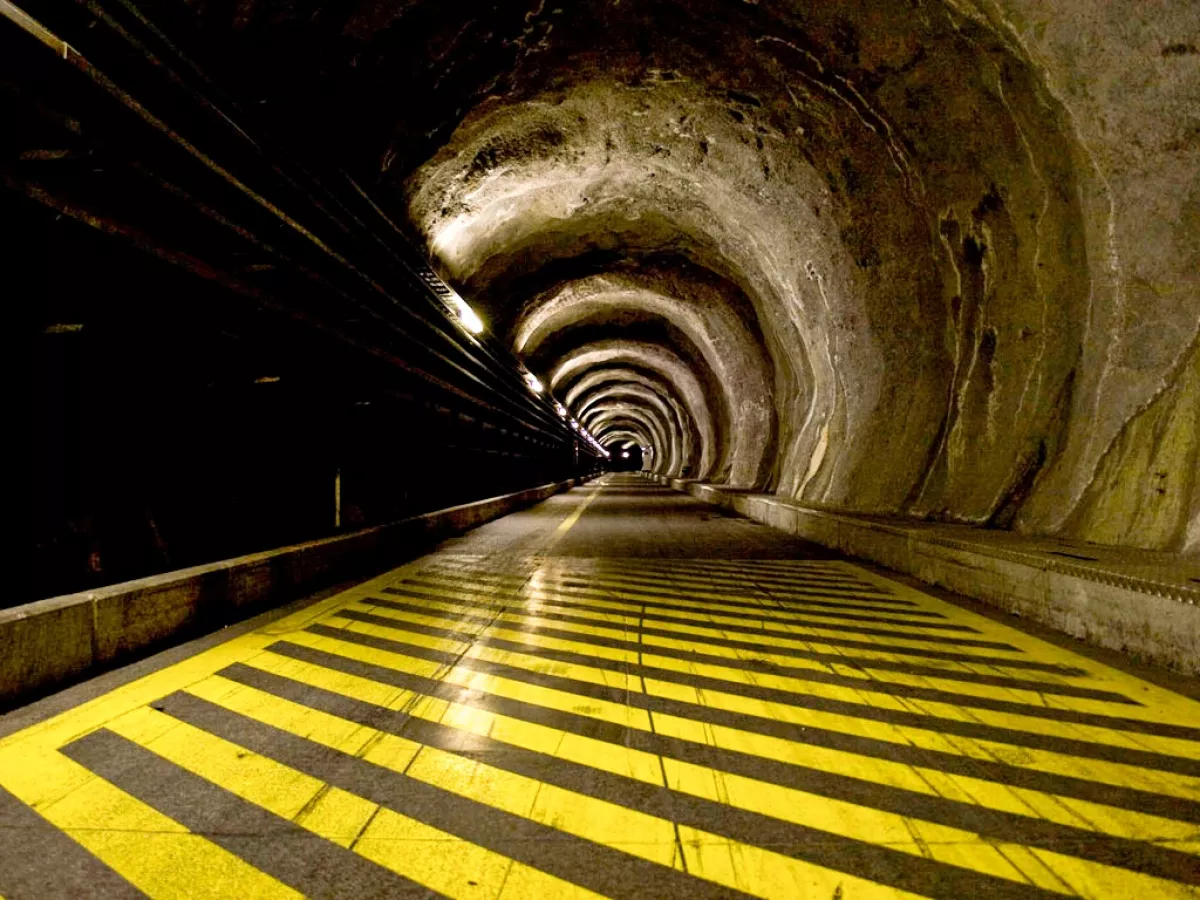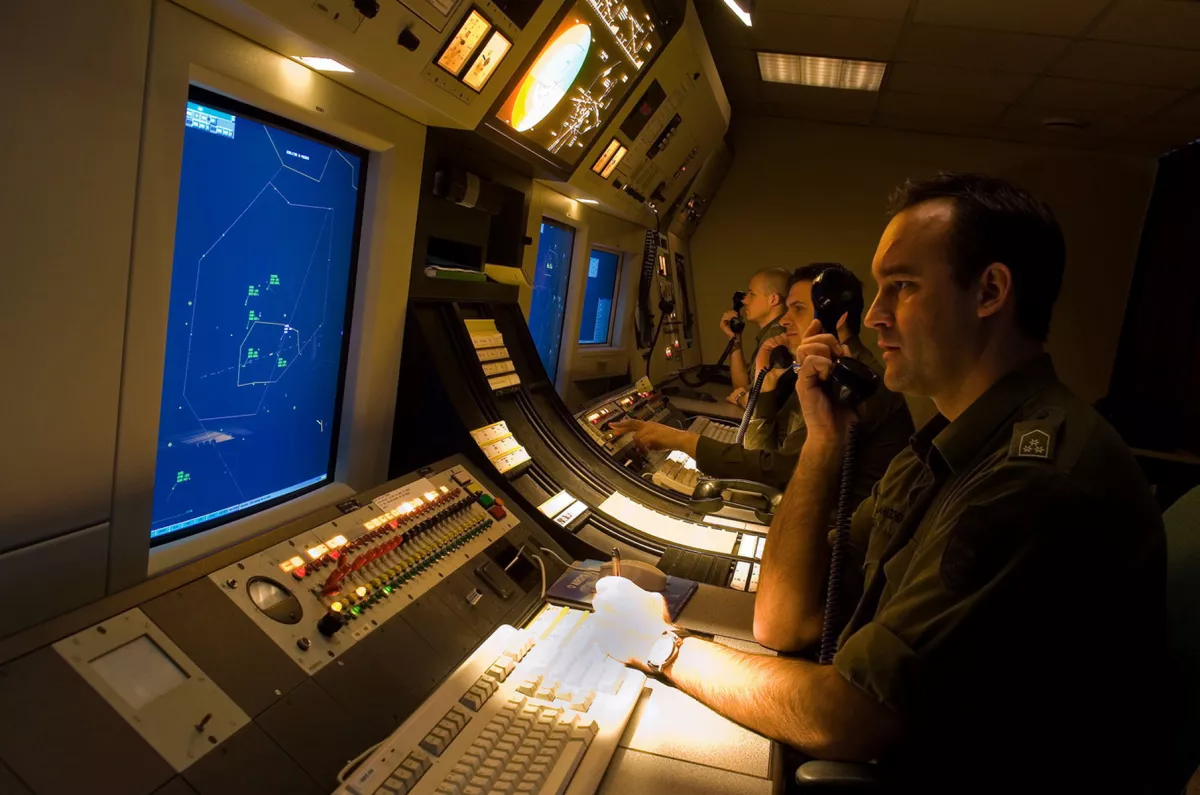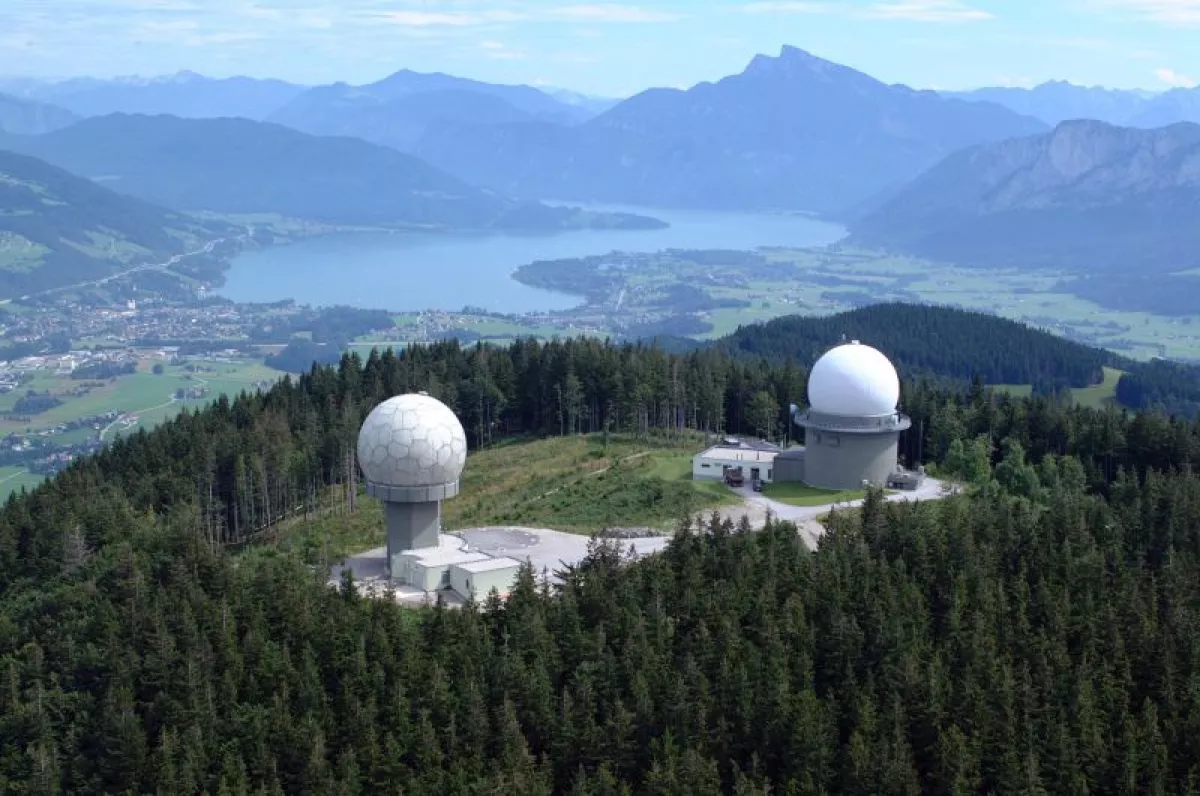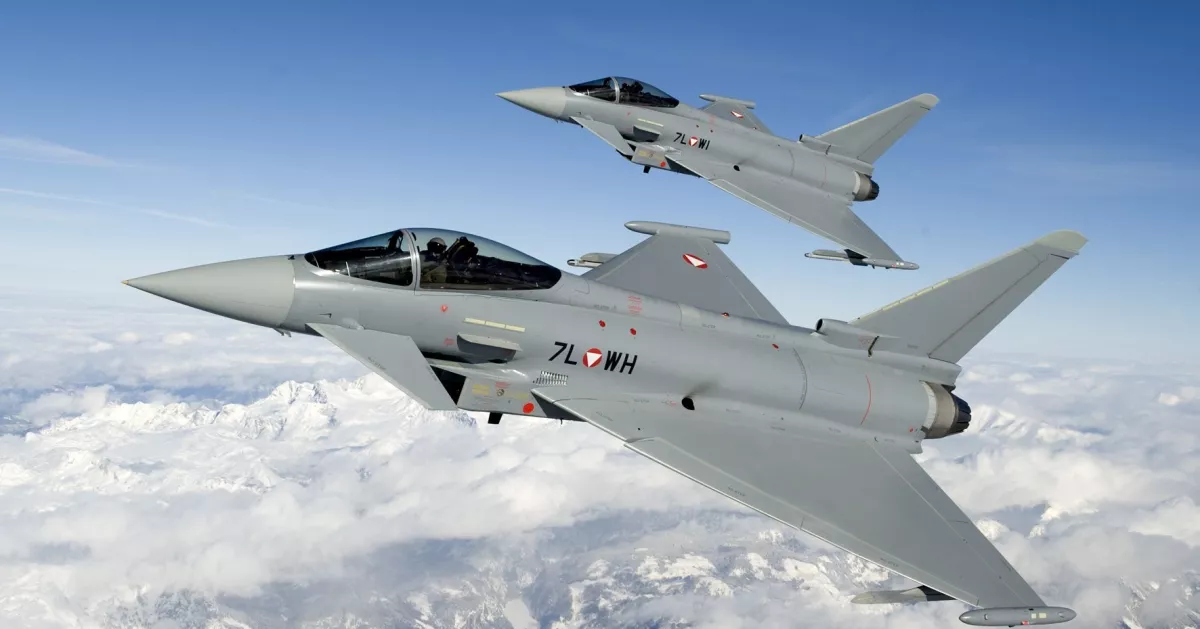"Golden Cap": Hidden airspace surveillance system deep inside Austrian Alps
The Austrian Armed Forces are undertaking a significant expansion of their air surveillance capabilities, including the procurement of new radar systems and the enhancement of command and control infrastructure. A key part of this initiative is the tender for the “Command and Control Post (CCP)” subsystem within the “Military Air Surveillance and Acquisition Radar System” (MARS). This expansion aims to improve Austria’s ability to detect and track aerial threats and support their existing "Goldhaube" system, hidden deep inside the Austrian Alpine mountains.
At the core of Austria’s air surveillance is the Goldhaube (German for Golden Cap) system, named after a golden headpiece that is part of a female taditional attire. The Austrian Defense Ministry describes it as a highly secure facility located deep in the Salzburg mountains, known for its continuous operation and resilience against external threats.
The Einsatzzentrale Basisraum (EZ/B) is the central command facility for Austria’s airspace surveillance, located deep within the Heukareck mountain in St. Johann im Pongau. Though it appears to be an ordinary mountain but it houses a highly secure bunker, inherited from the Cold War-era. Colloquially known as the "Government Bunker," it was built in the late 1970s. It's original purpose was to offer shelter to the Austrian government in case of an attack from the East, with the country's Eastern neighbours Hungary and Slovakia both having been satellite states of the Soviet Union in that time.
This underground facility, located 300 meters below the surface, spans five floors and can accommodate up to 250 personnel. According to a featured article by the Austrian Militäraktuell publication on the facility, the airspace surveillance command center, a dimly lit, gymnasium-sized hall is at the core of it. Access to the facility is tightly controlled, with visitors first entering a long tunnel leading into the mountain. Inside, a vast network of four-story tunnels supports fully autonomous operations, including its own firefighting unit.

Austria’s military radar system, Goldhaube, provides data to the EZ/B. It consists of three primary radar stations: Kolomansberg (Salzburg), Steinmandl (Lower Austria), and Speikboden/Koralpe (Carinthia). Unlike civilian authorities, which use secondary radar relying on aircraft transponders, Goldhaube uses primary radar to detect all flight movements via electromagnetic pulses. This ensures that even if a plane turns off its transponder, as was the case in the 2001 terrorist attacks in the World Trade Center in New York, it remains visible to the military.
At the St. Johann bunker, Goldhaube’s data is cross-referenced with a list of authorized flights over Austria. Unauthorized aircraft are flagged, and if necessary, Austria’s Eurofighter jets are scrambled within minutes to intercept. Austria’s Eurofighters carry out around 70 high-priority (Priority Alpha) missions annually, often requiring supersonic speeds. The EZ/B also houses the military’s meteorological service, which provides crucial weather updates to pilots.

This sophisticated defense network extends far beyond Austria’s borders. Communication between the Eurofighters and command is facilitated by network radio stations, including one positioned 2,600 meters high on the Dachstein mountain. Austria’s radar stations can detect aircraft as far away as Poland, France, and Bosnia, ensuring early threat detection before they enter Austrian airspace.
However, the large stationary radar installations, positioned in exposed mountainous locations, are vulnerable and require additional protection. To address this, mobile air surveillance systems are being modernized, offering greater flexibility and rapid deployment capabilities.

While Austria’s long-range radar systems have been recently upgraded through the “Upgrade Long Range Radar” (LRR) and “Deployable Air Defense Radar” (DADR) projects, its mobile surveillance units remain outdated. The existing fleet of low-altitude detection radars (TER) and target designation radars (ZZR), acquired in 1995, has undergone reductions and now operates as reconnaissance and target designation radars (AZR). These systems have reached the end of their service life and no longer meet modern operational requirements.
The Austrian military initiated an industry-wide request for information in 2022, seeking advanced radar solutions. A primary objective of this modernization is to eliminate blind spots in Austria’s airspace surveillance. However, the selection of appropriate radar systems is complex. Several internationally recognized options are under consideration, including the Saab Giraffe ABM, Leonardo Kronos Grand Mobile HP, Hensoldt TRML-4D, and Thales Ground Master 200. Each system is already integrated into various European missile defense programs, highlighting the need for interoperability with Austria’s future air defense network.

The ultimate challenge lies in achieving seamless data integration across all surveillance and defense systems. The Rheinmetall Skyguard anti-aircraft gun system, Skyranger-equipped Pandur Evolution armored vehicles, and the Eurofighter fleet are all key components of this interconnected defense structure.
Additionally, Austria’s defense strategy includes plans for an advanced jet trainer to replace existing platforms. The Ministry of Defense is currently evaluating an Italian proposal to acquire Leonardo M-346FA aircraft, further enhancing Austria’s air combat training and operational readiness. This comprehensive modernization effort aims to create a highly integrated and effective air defense system capable of addressing emerging security challenges.
By Nazrin Sadigova








